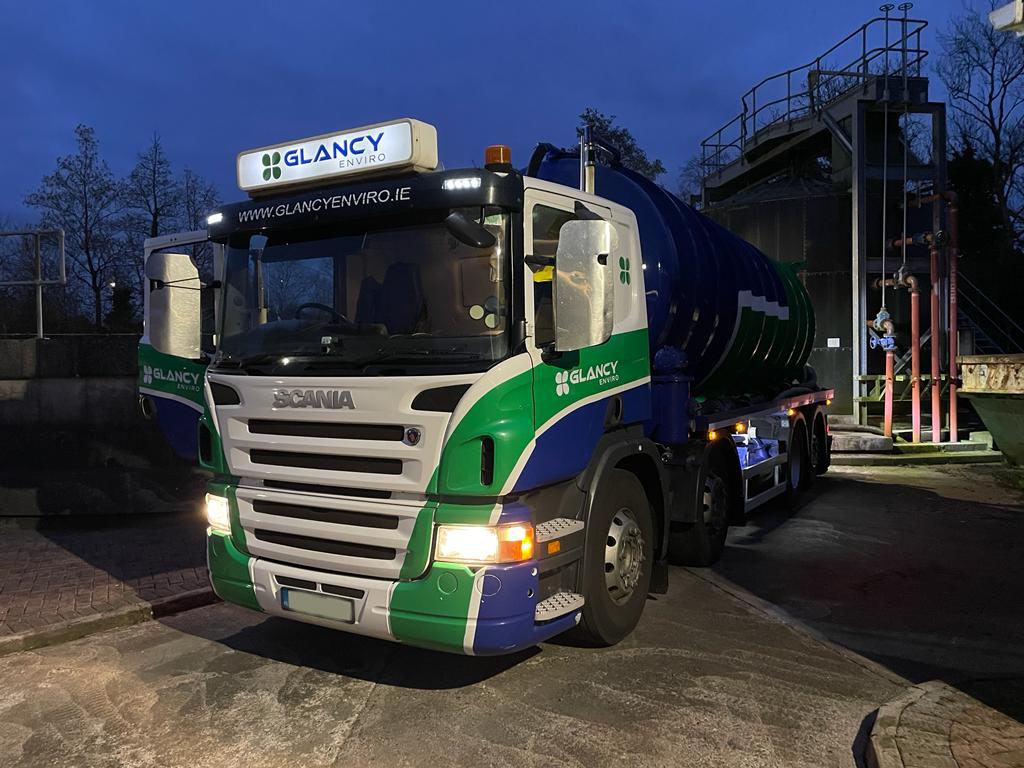Some Known Details About Reclaim Waste
Table of ContentsAn Unbiased View of Reclaim WasteReclaim Waste - The FactsAn Unbiased View of Reclaim WasteExamine This Report about Reclaim WasteHow Reclaim Waste can Save You Time, Stress, and Money.
Check out the types, events, and types of fluid waste. Domestic sewer waste refers to the waste and products from a domestic sewage-disposal tank. This sort of waste is produced by human beings in residences, schools, and other buildings. This only consists of septic containers that have a drainpipe field. The correct management and disposal of residential sewage waste call for fluid waste to be moved to a sewer treatment plant where the appropriate techniques and tools are related to detoxify and deal with waste.
Industrial waste typically consists of potential dangers, such as combustible materials or a blend of fluid and strong waste products, and needs an extra advanced and in-depth disposal process. The disposal of commercial waste usually entails the filtration of waste before transportation to make sure secure and proper disposal. Industrial waste is produced from results and runoff of industrial procedures and production.
This sort of waste can not make use of the exact same sewage management transportation or processes as septic or business fluids. The hazardous waste management process calls for the inspection and screening of fluid waste prior to it undergoes the disposal process (liquid waste disposal). Drainage waste is the liquid waste that originates from runoff and excess stormwater in extremely populated areas or cities
Overflow waste can trigger contamination and flooding if not handled properly. Making certain appropriate waste administration can prevent calamities and minimize environmental injury.
Some Known Facts About Reclaim Waste.
Contact PROS Solutions today to learn more about our waste management and disposal services and the correct ways to look after the liquid waste you generate.
Do you know what takes place to your water when you pull the plug, purge the bathroom or drain the cleaning device? No? Well, it deserves understanding. This so-called 'wastewater' is not just a crucial resource however, after treatment, will be launched to our land, rivers or the sea. Made use of water from toilets, showers, bathrooms, cooking area sinks, washings and commercial processes is recognized as wastewater.

water made use of to cool equipment or clean plant and devices). Stormwater, a kind of wastewater, is overflow that moves from agricultural and metropolitan areas such as roof coverings, parks, gardens, roadways, courses and rain gutters right into stormwater drains pipes, after rainfall. Stormwater flows unattended directly to neighborhood creeks or rivers, ultimately getting to the sea.
Reclaim Waste - An Overview
In Queensland, the majority of wastewater is treated at sewage click reference treatment plants. Wastewater is carried from domestic or industrial sites via a system of sewage systems and pump terminals, understood as sewerage reticulation, to a sewage treatment plant.
The Department of Natural Resources advises city governments regarding managing, operating and maintaining sewage systems and treatment plants. In unsewered areas, local governments may need householders to set up specific or family sewage therapy systems to treat domestic wastewater from commodes, kitchen areas, shower rooms and laundries. The Department of Natural Resources authorizes using house systems when they are verified to be efficient.
The majority of stormwater obtains no treatment. In some new communities, treatment of some stormwater to remove clutter, sand and gravel has actually begun making use of gross contaminant catches. Wastewater treatment takes place in four phases: Eliminates solid issue. Larger solids, such as plastics and other things incorrectly discharged to sewers, are gotten rid of when wastewater is travelled through displays.
Wastewater then streams right into large storage tanks where solids resolve and are gotten rid of as sludge. Grease and residue are skimmed from the surface area. Makes use of small living microorganisms understands as micro-organisms to break down and get rid of staying liquified wastes and fine particles. Micro-organisms and wastes are integrated in the sludge. Gets rid of nitrogen and phosphorus nutrients that could cause algal blossoms in our rivers and threaten water life.
What Does Reclaim Waste Do?
Nutrient removal is not available at all sewer therapy plants since it needs expensive specialised tools. Clear fluid effluent created after treatment might still consist of disease-causing micro-organisms - liquid waste disposal melbourne.

The majority of wastewater streams right into the sewerage system. Under the Act, neighborhood governments carry out approvals and permits for environmentally pertinent activities (Ages) involving wastewater launches that could have a regional impact.
The smart Trick of Reclaim Waste That Nobody is Talking About
Tracking supplies accurate details concerning water top quality and can validate that permit problems are being fulfilled. The details obtained through surveillance provides the basis for making water top quality decisions.
Comments on “Reclaim Waste Can Be Fun For Anyone”